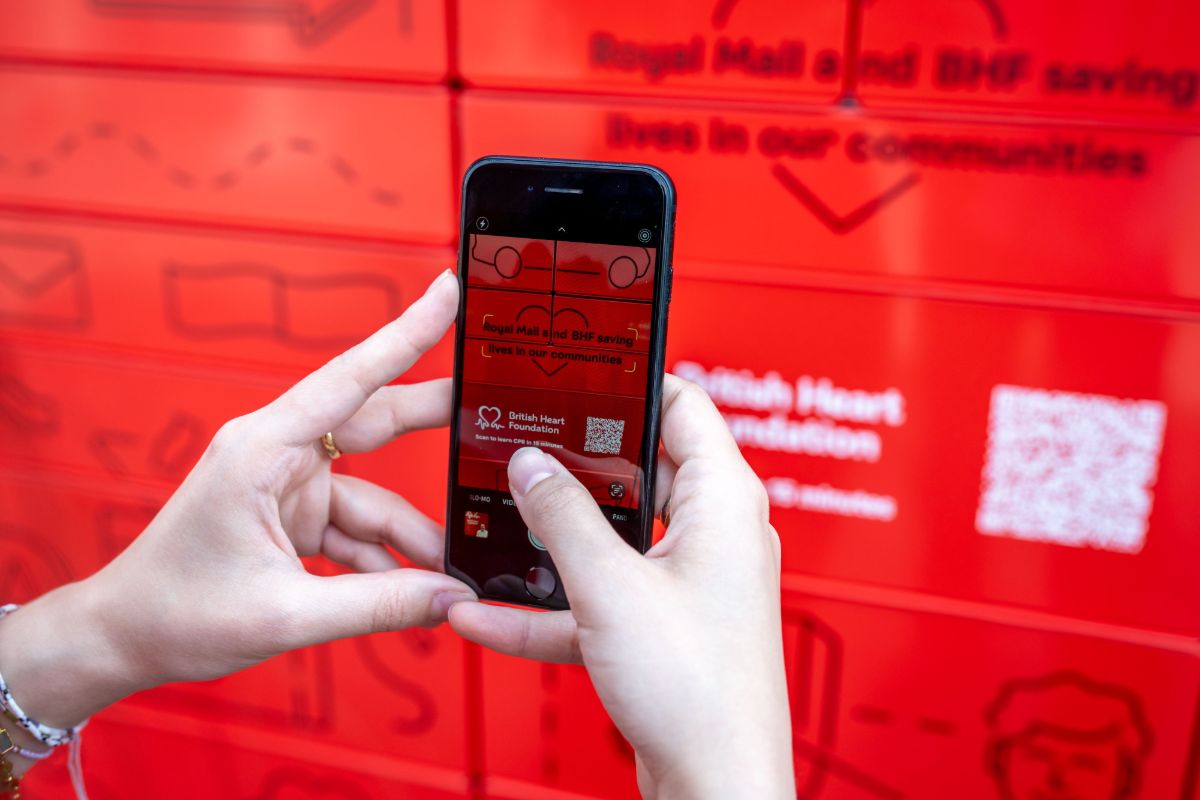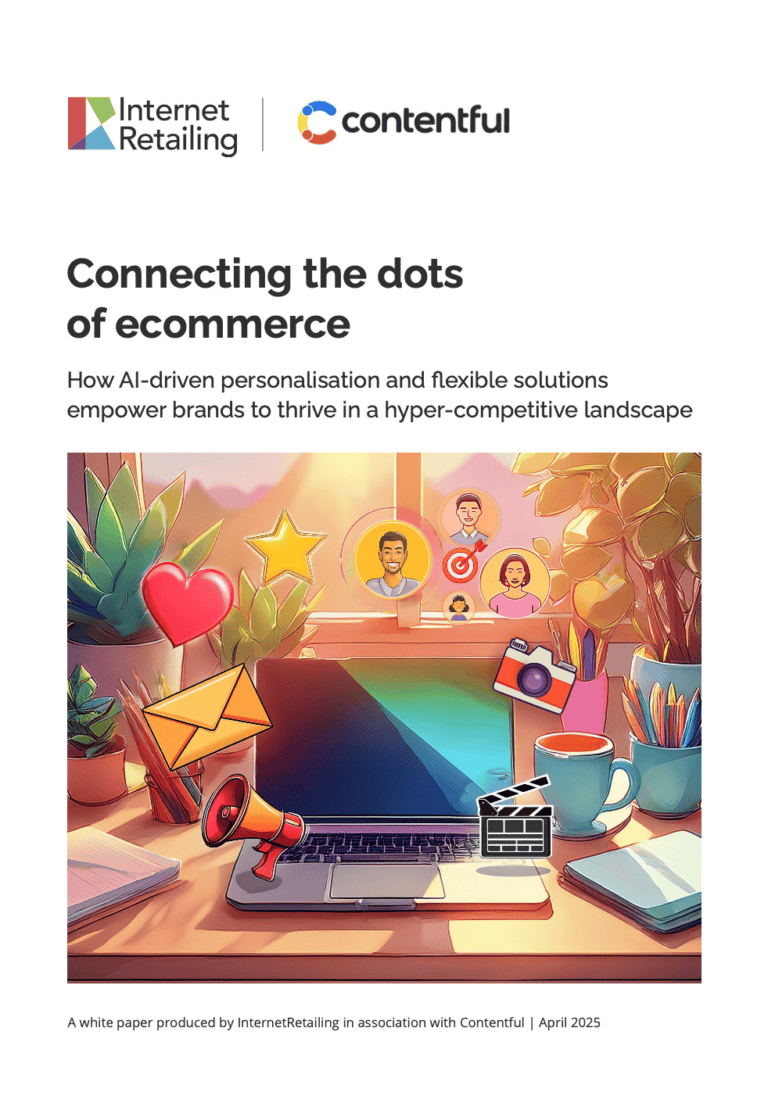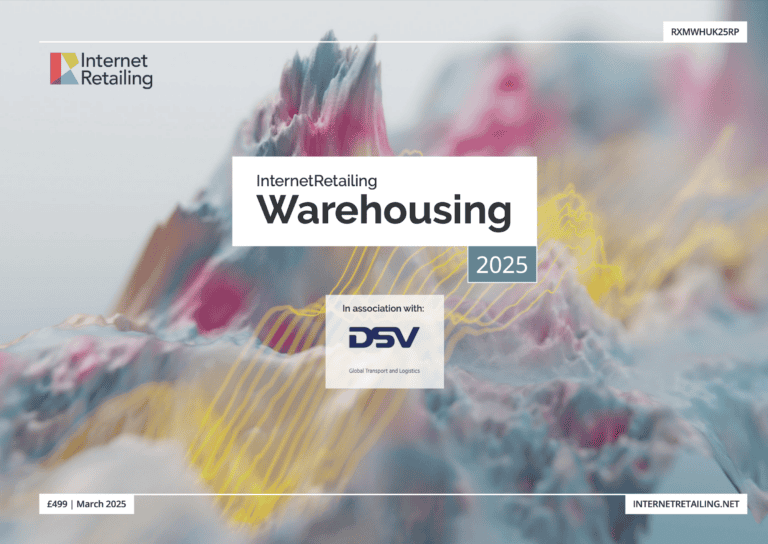While Steve Jobs mooted the idea of PWAs it has been Google that has run with them and made them their own. Here, Penny McLachlan, Product Manager at Google, outlines why PWAs are vital for retailers
Internet Retailing (IR): How do you define progressive web apps?
Penny McLachlan (PM): I see a lot of confusion on this topic out there. For me, progressive web apps are a pattern for building a modern web experience that has access to the richer features and functionality that users have come to expect. This is especially true on mobile, where the expectations have been different in terms of the richness of an experience.
IR: Why are they important to retailers?
PM: I think there’s a few things here. For most retailers that I have spoken to the web remains a top of funnel channel. Many retailers often look at their app environment and say, “Oh, hey, look, I actually have a significantly higher conversion rate over on the app side than I have on the website”. The danger here is that it’s an apples to oranges comparison; they’re really comparing qualified versus unqualified traffic in that, so it’s not really looking at the technology.
The second thing is that they’re maybe looking at the wrong stage of the funnel. The top of the funnel should be as wide as possible and it should be where the users are. You want the user experience to be the best possible on the channel that they’re reaching out to you on.
Perhaps most importantly, the web channel is really the flagship store that people are walking by and must have a storefront that is going to attract people into the experience. If that is slow or doesn’t feel like something that belongs on the user’s device then those users are not going to engage. You are going to have a very difficult time convincing them to take the next step download and install an application. It all comes to core web vitals.
IR: So how does that relate to progressive web apps?
PM: It is sort of like a Maslow’s hierarchy of needs, where core web vitals are right down there at the foundational level. They’re not a technology, per se, but a way of measuring the performance of your experience. And just to be clear, you can build a terrible progressive web app, you can check all the right checkboxes, fulfil every one of these metrics, and still end up with an awful experience. All of these things are proxies for a good experience. We know that when you do these things, you tend to have a better experience. But it’s not a guarantee.
IR: Tell us about trusted web activity and how that works with PWAs for retailers?
PM: Trusted web activity lets you embed a web experience inside an Android app. And we see this used in two ways. First, we see it used to embed web journeys inside an existing native application. So, let’s say that a large retailer is opening a new product line, or that a grocery store is opening a pharmacy for the first time; they could build out the pharmacy portion of their application as a progressive web app that’s available to their web users and then they can embed that using trusted web activity in their existing native app, without having to do a whole lot of extra work.
Something that I’ve heard from a number of retailers is that this can be great for new experiences, because they can iterate a lot faster on the web than when building with native frameworks.
A/B testing also tends to be easier on the web. If they’re not totally sure about how the journey flow should be, and they want to do a lot of optimisation, it can be great to build up those experiences, and use trusted web activity to embed them in the native app. Then they get the benefit of every investment they make in performance. They benefit from both on their website, as well as in the app.
Interestingly, you see retailers doing both with PWAs and trusted web activity: rapidly adding embedded PWA links to apps and testing out different flows – it is very much like a rapid prototyping tool. So they’ll use trusted web activity to lay out something new and, once they feel very confident with the flow, they’ll ask their native team to build out native views for the same experience. But, in other cases, they just don’t see a reason to. It’s seamless enough that there’s no real reason to go back and convert that over.
Download the full PDF guide book, featuring interviews with Google, Adobe and JH, as well as a Case Study outlining how Workwear Express leveraged PWAs to learn how progressive web apps can work for you










